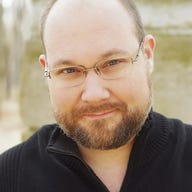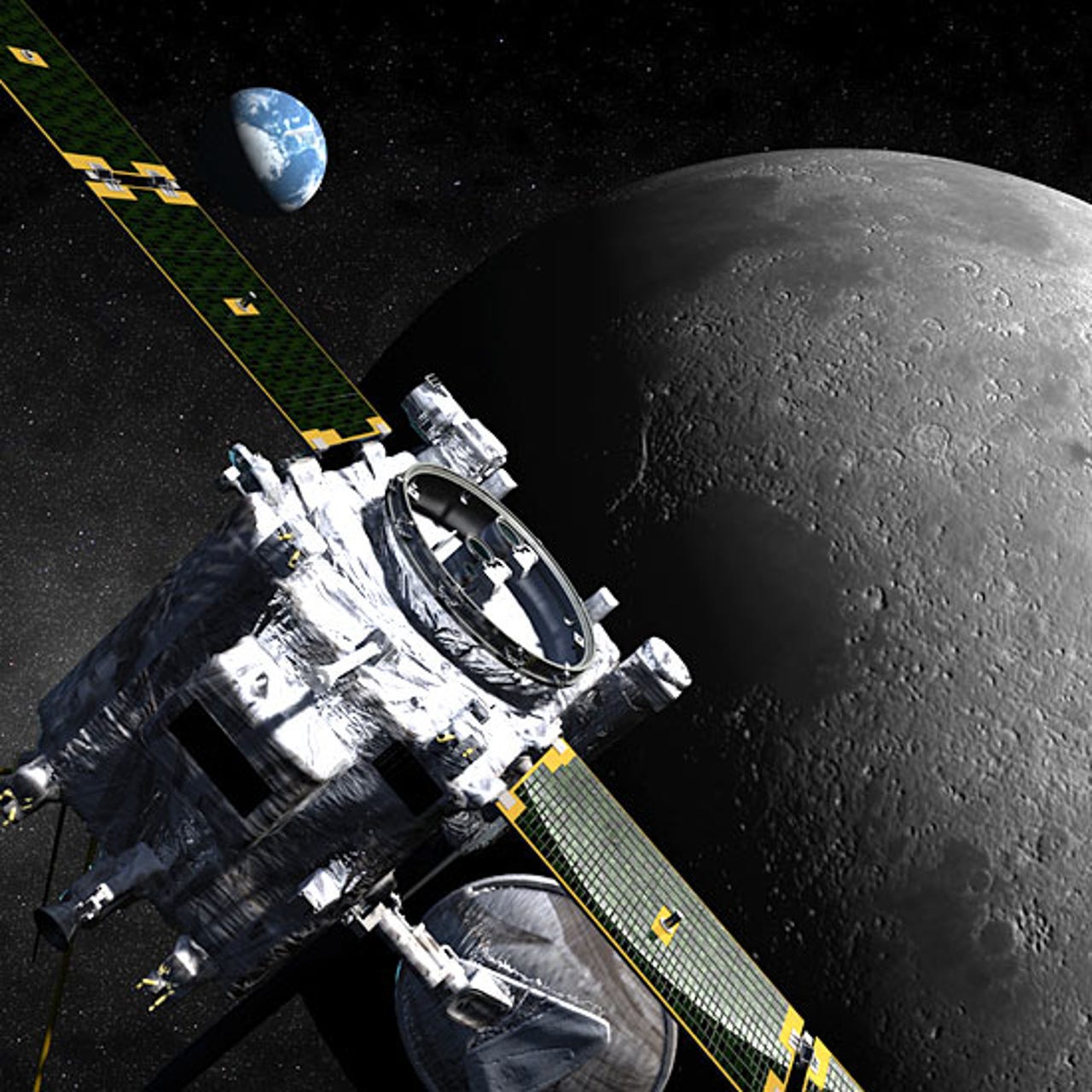Images: Twin ships to monitor sun's activity


STEREO observatory
STEREO (Solar Terrestrial Relations Observatory) mission designers determined that the most efficient and cost-effective way to get the twin observatories into space was to launch them aboard a single rocket and use lunar swingbys to place them into their respective orbits. This is the first time lunar swingbys have been used to manipulate orbits of more than one spacecraft. Mission designers will use the moon's gravity to redirect the observatories to their appropriate orbits--something the launch vehicle alone can't do.
Electromagnetic interference equipment
STEREO "B" is the observatory that will be placed behind Earth in its orbit around the sun.
STEREO technicians
APL designed, built and will operate the twin observatories for NASA after their launch from the Cape Canaveral Air Force Station in Florida aboard a Delta II launch vehicle in spring 2006.
Thermal blankets
Solar blankets are one of the last items placed on a spacecraft prior to launch. They help protect a spacecraft and its sensitive electronics and scientific instruments from the harsh environment of space.
Clean tent
The SECCHI (Sun Earth Connection Coronal and Heliospheric Investigation) instrument suite will obtain the first direct imaging observations of coronal mass ejections in interplanetary space. SECCHI's principal investigator is Russell Howard of the Naval Research Laboratory in Washington, D.C.
Spin-balance tests
Each time the observatories change locations between the test chambers and clean rooms at NASA GSFC, all the cables used to power up and test the observatories must be moved with them. Technicians must individually test each cable before they're reconnected to the spacecraft.